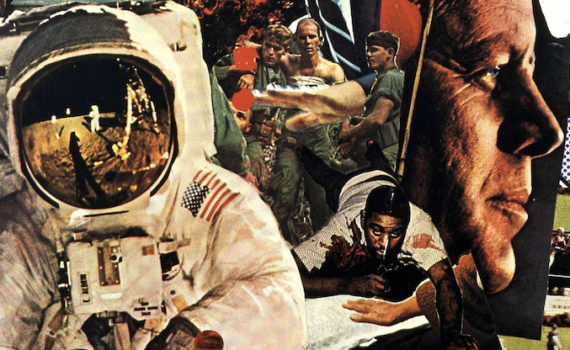Virtually explore the MoMA with Smarthistory as your guide
Some background
videos + essays
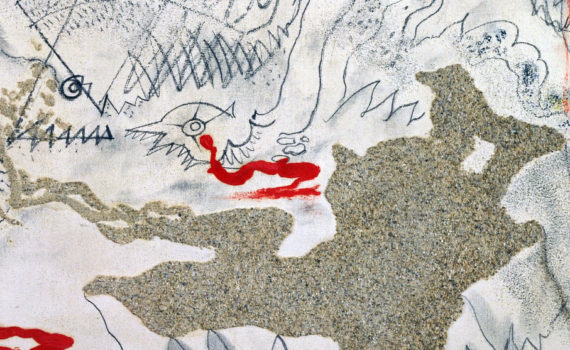
André Masson, Battle of Fishes
The Surrealist interest in chance, subconscious creativity, and metamorphosis of forms can be seen in Masson's Battle of Fishes
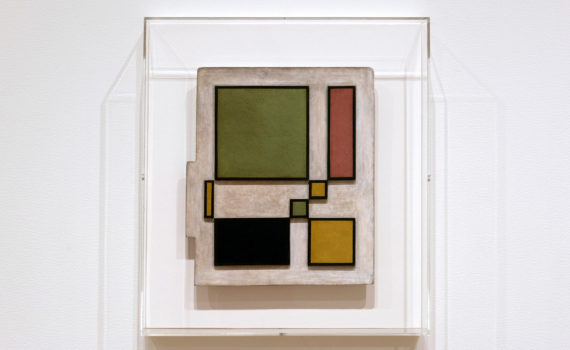
Rhod Rothfuss, Yellow Quadrangle
Rothfuss, an important voice in Latin American modernism, rejects recognizable forms by breaking the frame
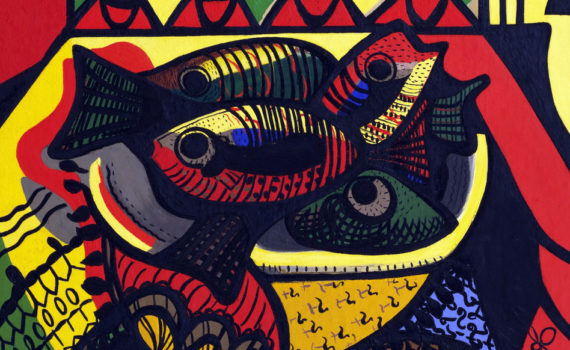
Amelia Peláez del Casal, Fishes
In Fishes, Peláez turned to the domestic sphere to explore her modern Cuban identity soon after her return to Havana from Paris in 1934.
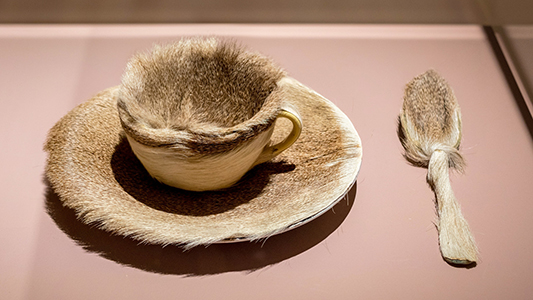
Meret Oppenheim, Object (Fur-covered cup, saucer, and spoon)
This furry tea service was a touchstone for Surrealism, but the artist was a victim of her own success.
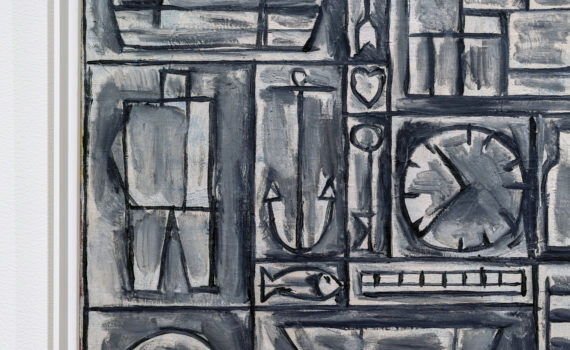
Joaquín Torres-García, Composition
A house, a boat, an arrow, a clock—Torres-García attempts to humanize modern art with universal symbols
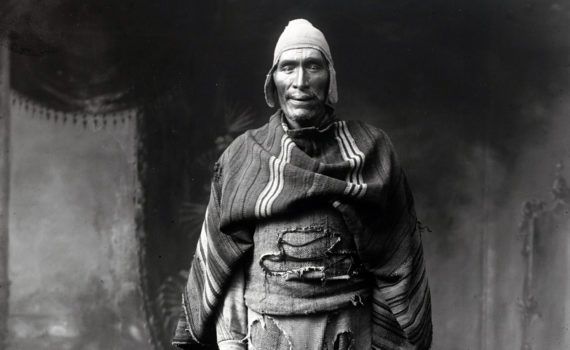
Martín Chambi, Juan de la Cruz Sihuana, Cuzco Studio
This photograph of Sihuana is a sensitive portrait of an Indigenous Peruvian man in traditional dress.
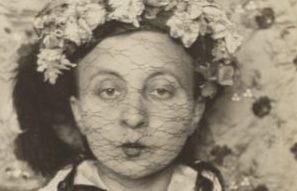
Gertrud Arndt, Self-Portrait with Veil
Arndt’s choice to pose among so many textures, clothes, and props suggests she was aware of the power of photography to interrogate gender roles.
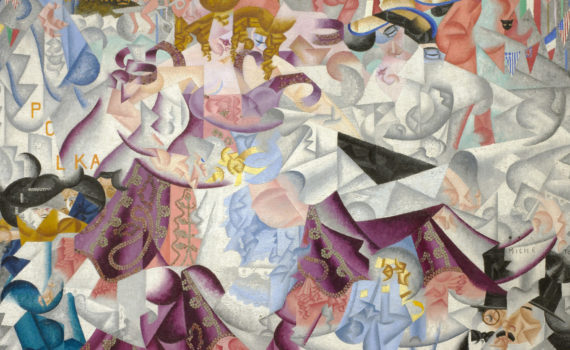
Gino Severini, Dynamic Hieroglyph of the Bal Tabarin
Severini and Boccioni use brilliant colors, abstraction, fragmentation and repetition of forms to create a vibrant whirling energy.
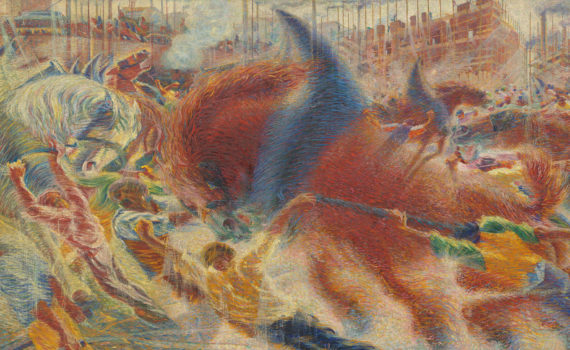
Umberto Boccioni and the Futurist City
The Futurists called for the destruction of museums, libraries, and cultural monuments and glorified modern technology and the speed of automobiles, trains, and airplanes.
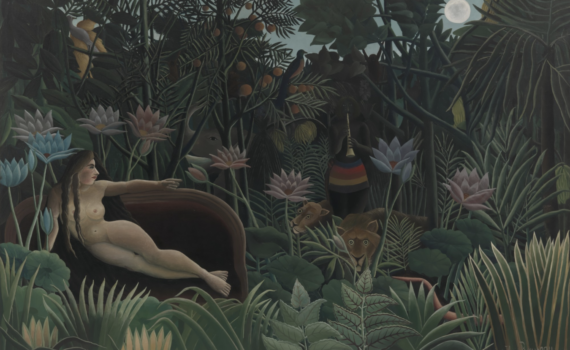
Why Is This Woman in the Jungle? Henri Rousseau’s The Dream
Artist Henri Rousseau painted The Dream in 1910, and its imagery of a woman lounging on a sofa in the jungle was as surreal then as it is today.
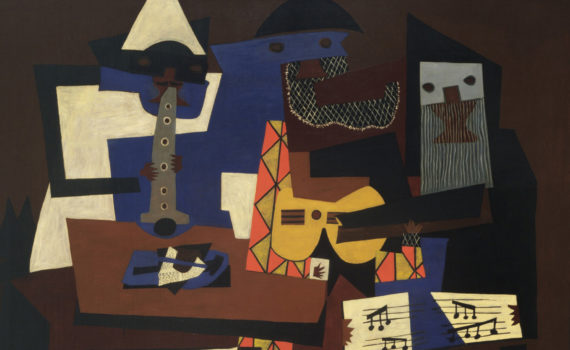
Pablo Picasso, The Three Musicians
Three Musicians looks like a collage made from cut out pieces of colored paper — but it is an oil painting.

